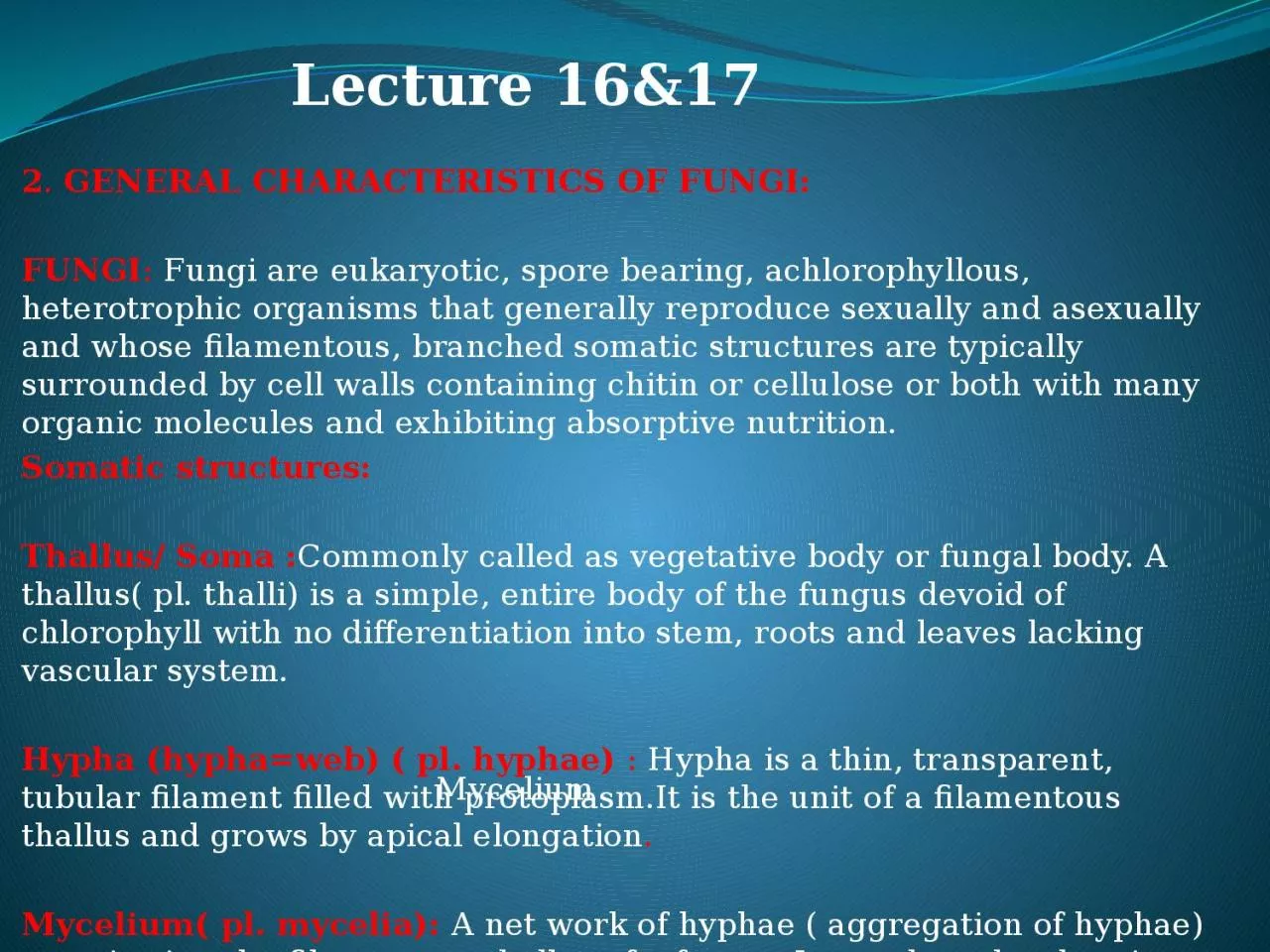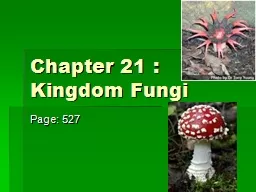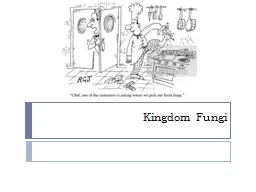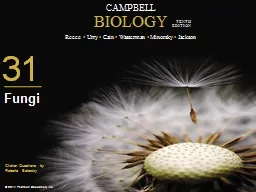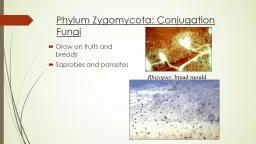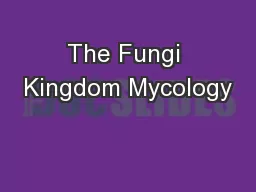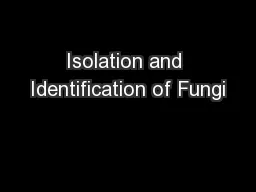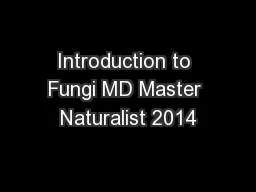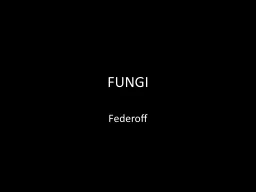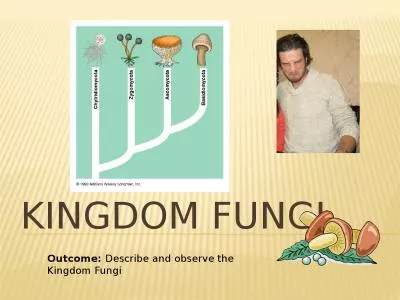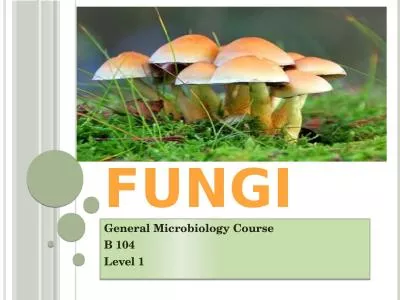PPT-2 . GENERAL CHARACTERISTICS OF FUNGI:
Author : udeline | Published Date : 2023-10-29
FUNGI Fungi are eukaryotic spore bearing achlorophyllous heterotrophic organisms that generally reproduce sexually and asexually and whose filamentous branched
Presentation Embed Code
Download Presentation
Download Presentation The PPT/PDF document "2 . GENERAL CHARACTERISTICS OF FUNGI:" is the property of its rightful owner. Permission is granted to download and print the materials on this website for personal, non-commercial use only, and to display it on your personal computer provided you do not modify the materials and that you retain all copyright notices contained in the materials. By downloading content from our website, you accept the terms of this agreement.
2 . GENERAL CHARACTERISTICS OF FUNGI:: Transcript
Download Rules Of Document
"2 . GENERAL CHARACTERISTICS OF FUNGI:"The content belongs to its owner. You may download and print it for personal use, without modification, and keep all copyright notices. By downloading, you agree to these terms.
Related Documents

